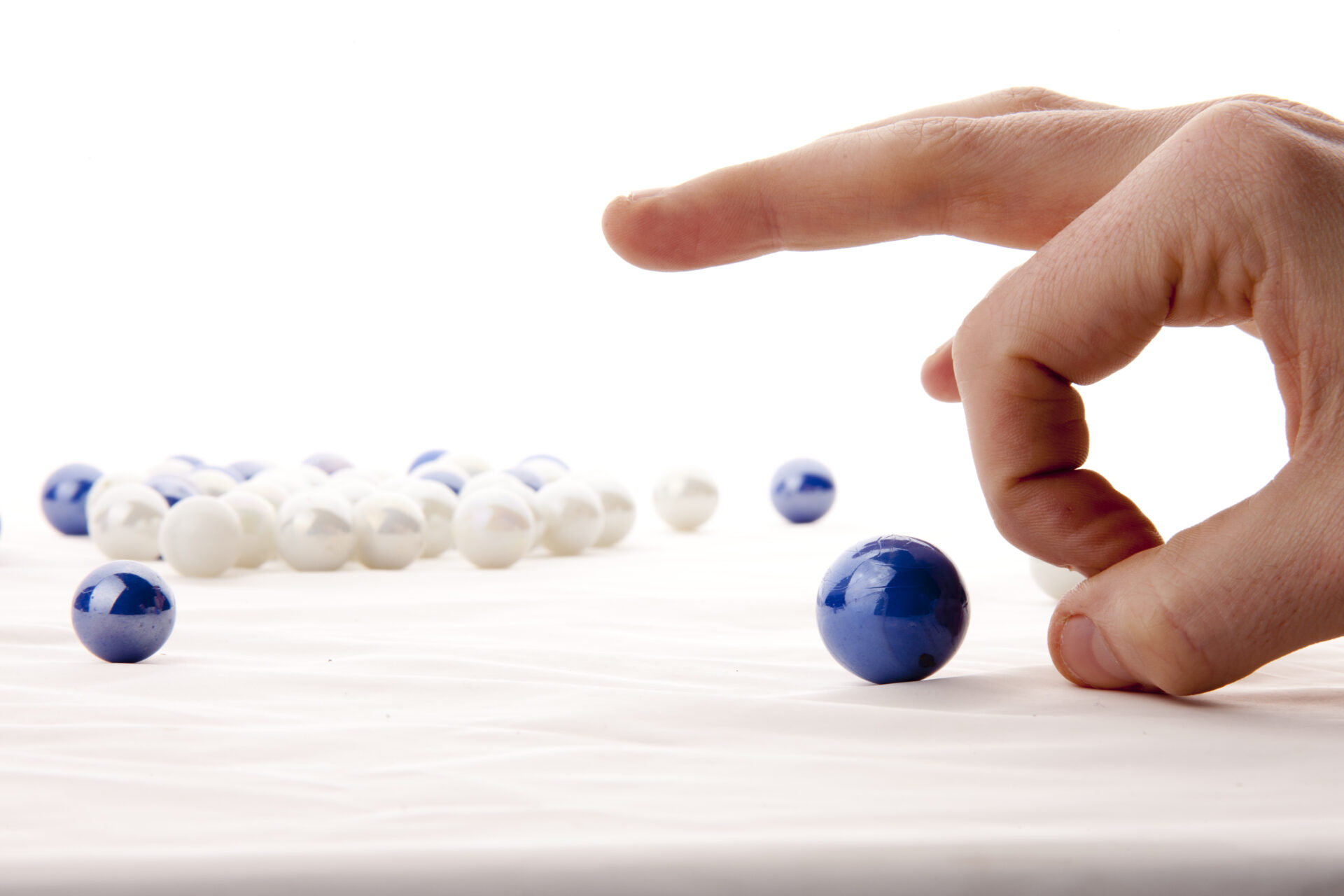People tend to make decisions based on our instincts; it’s a fact. When we are presented with a situation that requires our intervention, the first response will be automatic, without thinking too much. However, is this a good thing? Not entirely.
On one hand, this behavior helps us be efficient with certain daily tasks, such as driving or dialing a phone number we know, but on the other hand, it leaves plenty of room for error, and in delicate situations that require our full attention, this can work against us.
This is where small influences or “nudges” come into play, which aim to guide people toward desired behaviors at the right moment without restricting their freedom of choice.
Decision-Making Systems
The theory of nudges is based on two main systems:
System 1
People operate automatically and intuitively, driven by emotions and ingrained habits. Decisions made under this system are often impulsive and can be influenced by cognitive biases. This system is efficient for making quick decisions, but it is prone to errors.
System 2
In contrast, this system involves more deliberate and analytical thinking, which is activated when we perform actions that don’t come naturally and require conscious effort and attention. Decisions made under this system are more rational and logical, but they are also slower and more demanding, which is why we only use a small percentage of our time in this mode.
Influence on Our Daily Life
So, which system do we apply when making decisions in our daily life? Do we use system 1 and make automatic decisions, such as replying to an email without checking if the recipients are correct? Or do we rather use system 2, where we analyze and process all the information slowly and in detail?
Unfortunately, for efficiency reasons, most of the time we use system 1.
For this reason, nudges are designed to intervene in system 1 and guide us to use system 2 more, meaning achieving behavior change.
You can learn more about SMARTFENSE Nudges here.


Leave a Reply